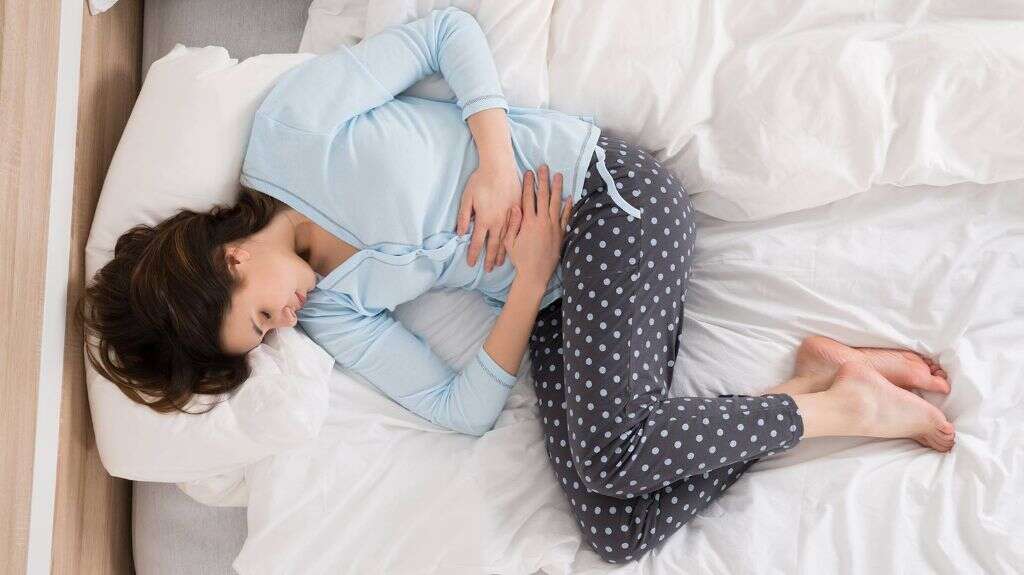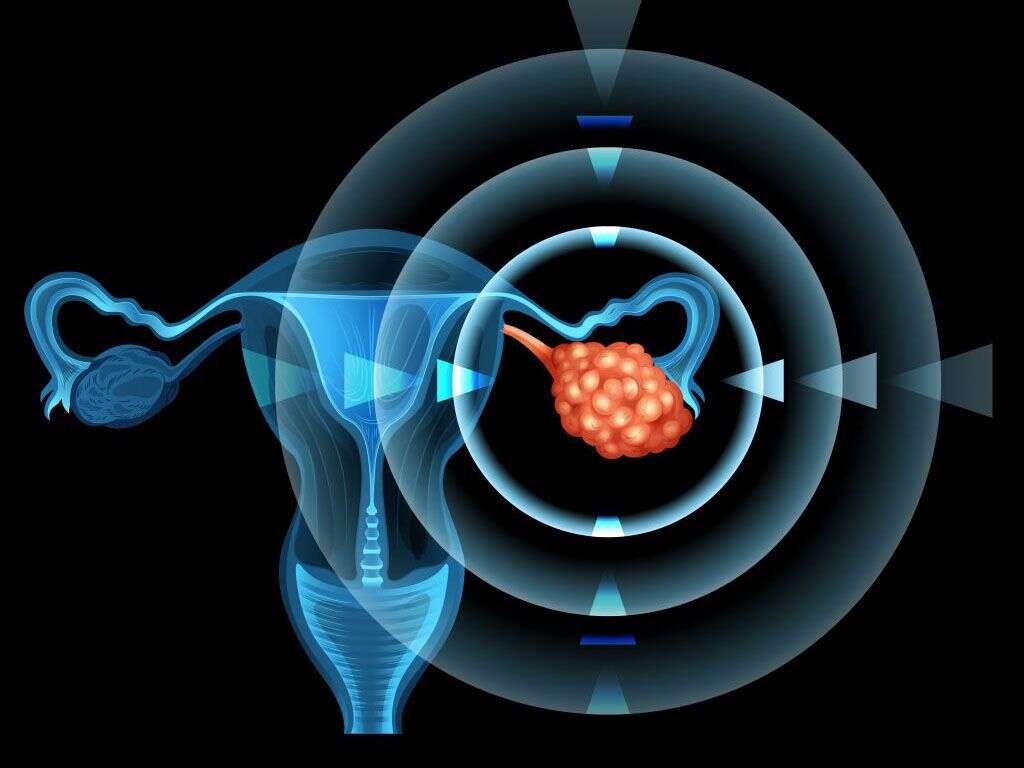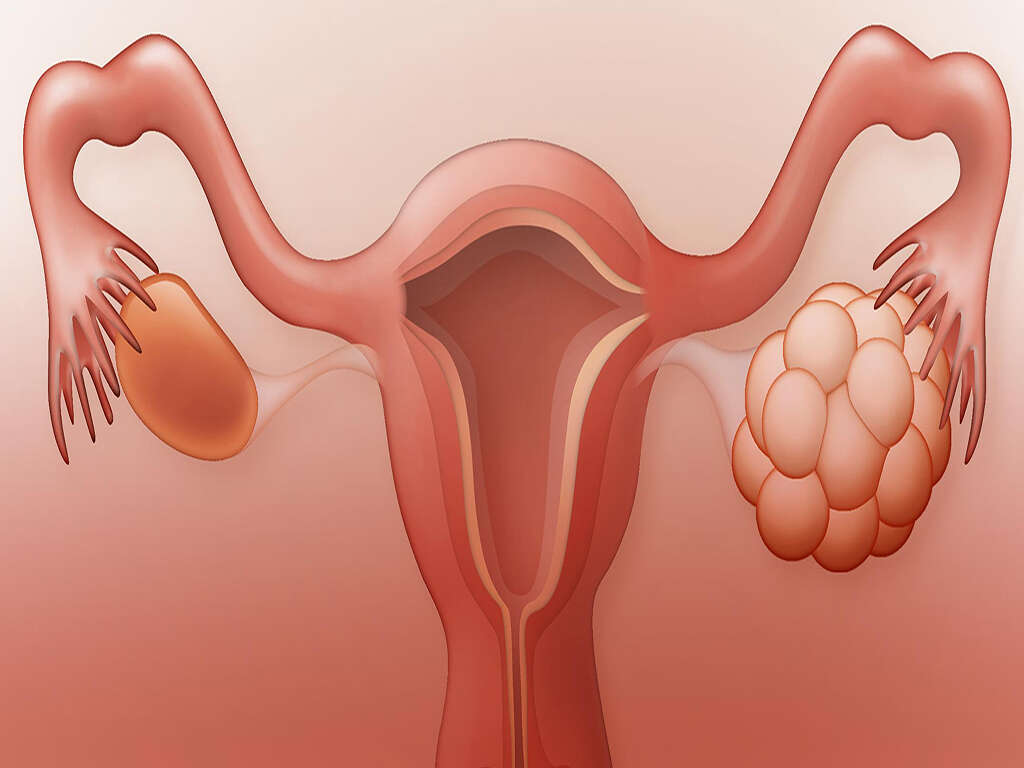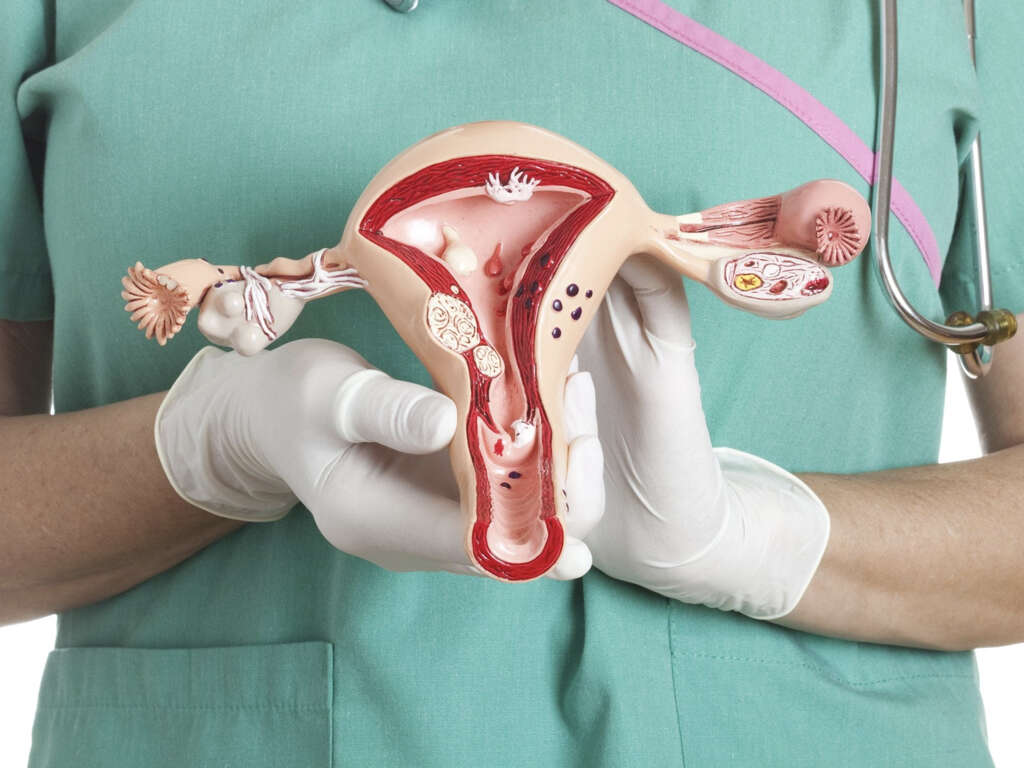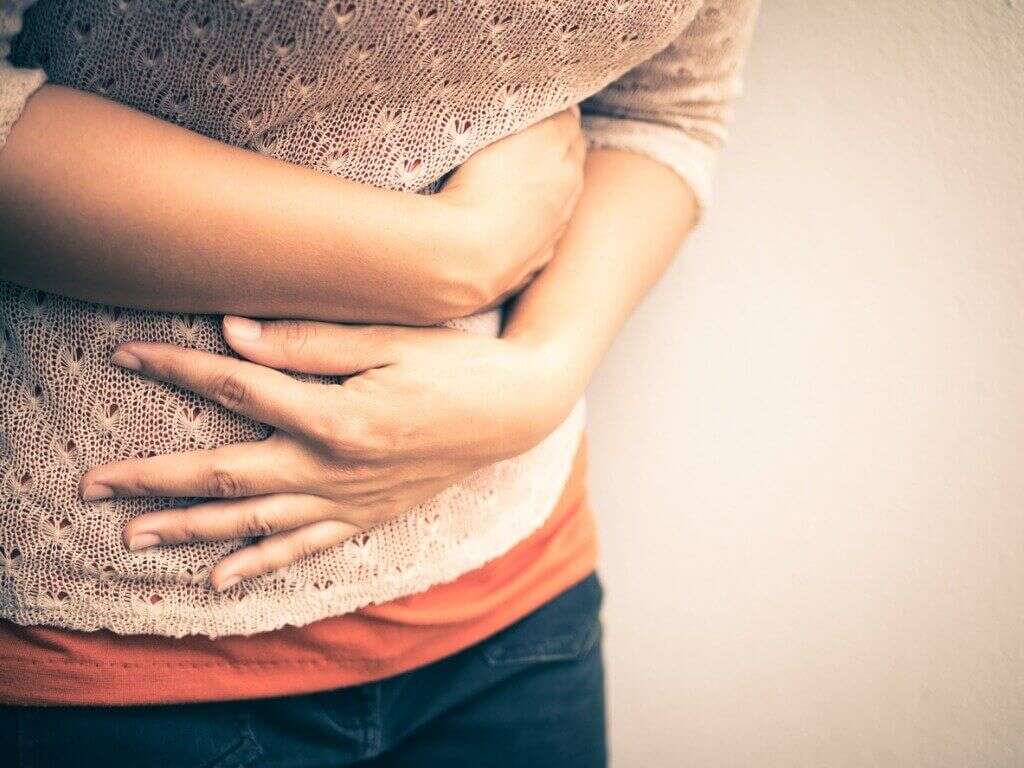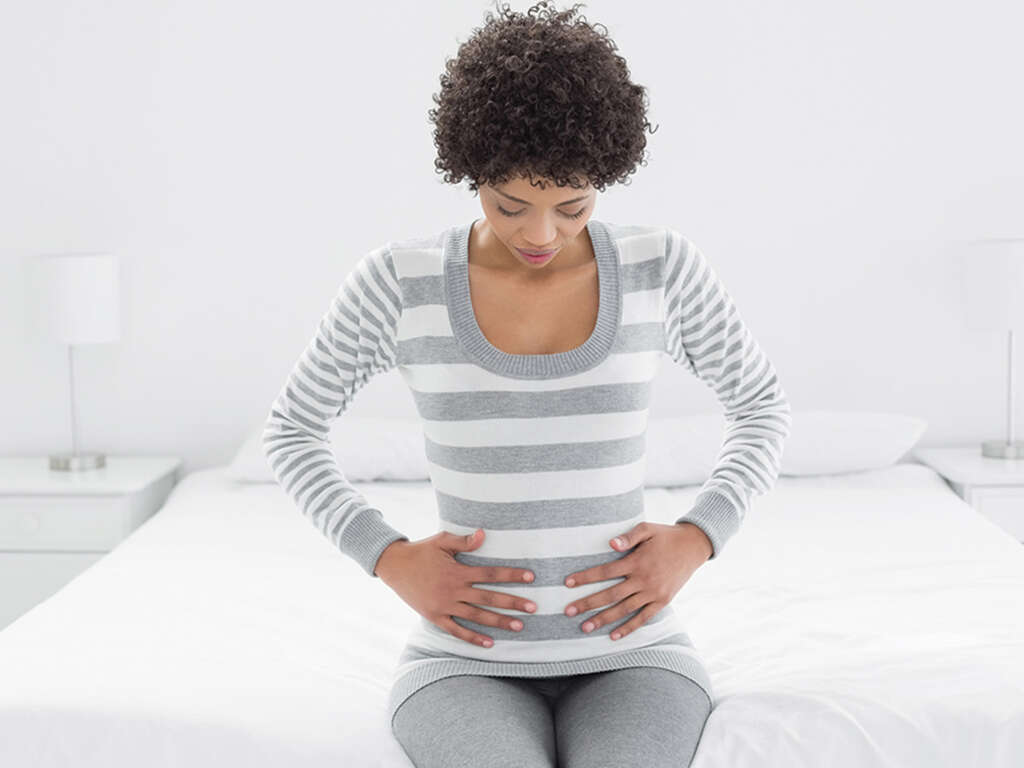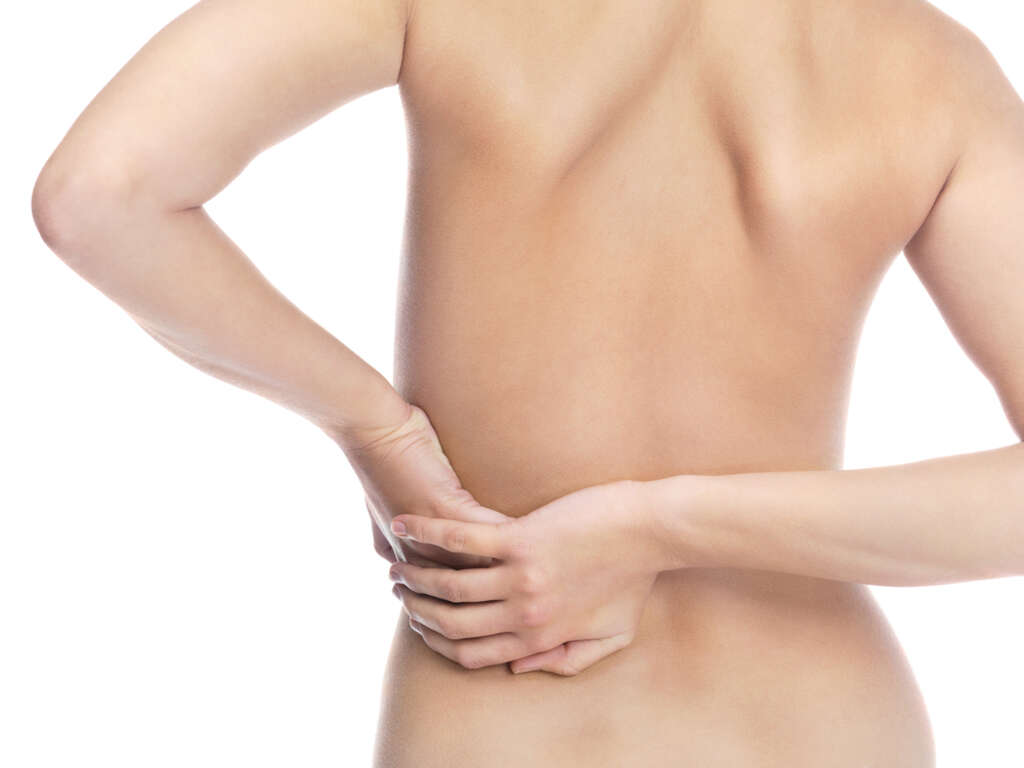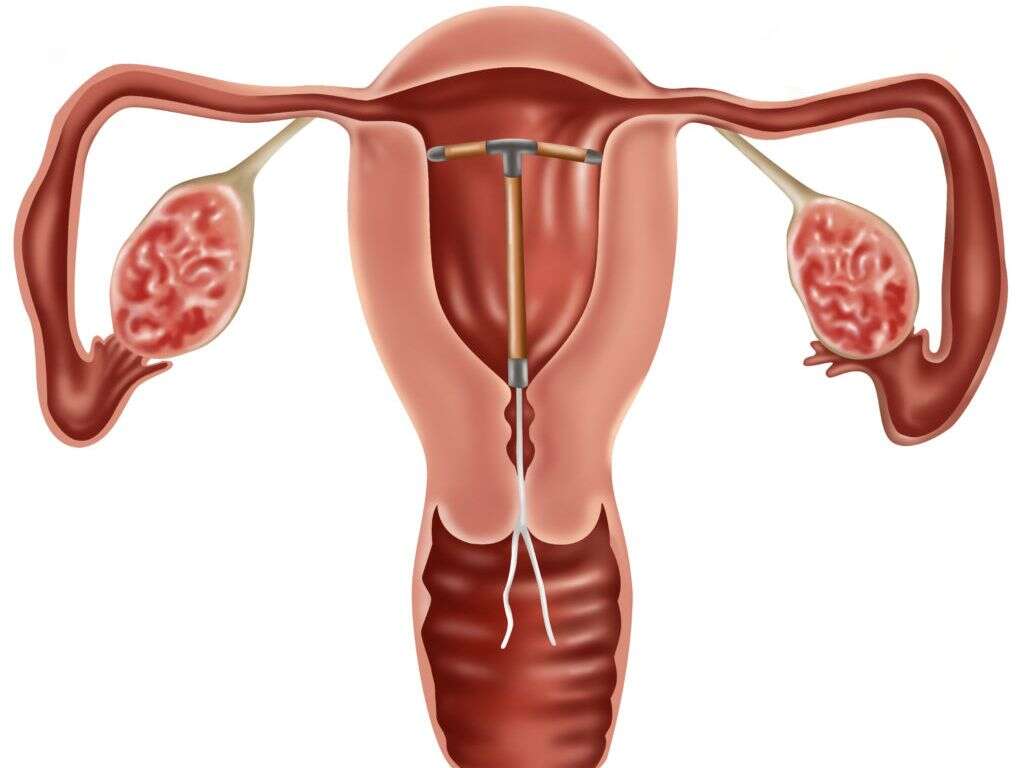What Is PCOS?
4. Signs and Symptoms
As mentioned previously, hormonal alterations can cause women with PCOS to experience anovulation and menstrual dysfunction. Many of them will not ovulate for long periods of time, which will result in abnormal menstruation patterns. For instance, some women will report the absence of menstruation during intervals ranging from 35 days to 6 months (oligomenorrhea) or a complete absence of menstruation for six months (secondary amenorrhea). Furthermore, these irregularities can lead to infertility and bleeding outside of the menstrual cycle.
Women with PCOS usually exhibit high levels of male hormones (androgens) that may result in signs such as severe acne, hirsutism, and male-pattern hair loss. Hirsutism refers to the appearance of coarse hair in a male-like pattern. Hence, women with PCOS might report excessive facial (upper lip, chin), chest, and/or lower abdomen hair.
Advertisement
